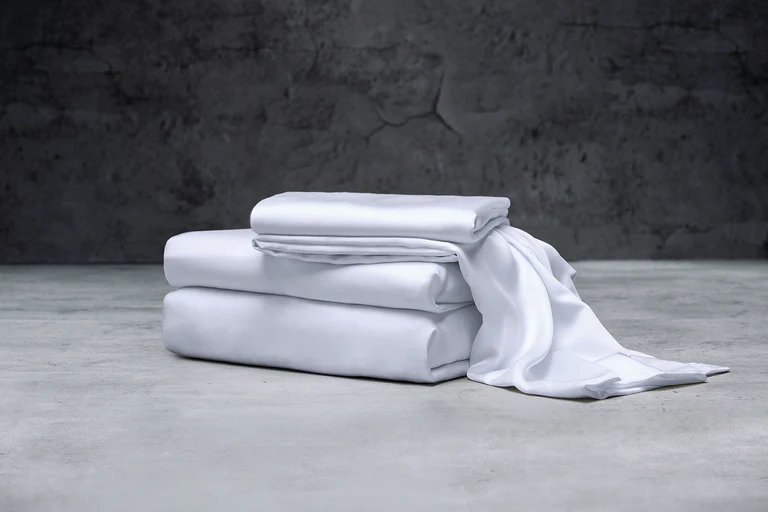How to use AI for Bedding Design and Development?AI can be utilized in various ways for bedding design and development. Here are some approaches to incorporating AI in this specific context:
- Data-driven Design Inspiration: AI algorithms can analyze vast amounts of data, including trends, customer preferences, and historical sales data related to bedding products. By extracting insights from this data, AI can provide designers with inspiration and guidance for creating new bedding designs that align with market demands. AI can identify popular color palettes, patterns, and textures, helping designers stay up-to-date with current trends.
- Generative Design: AI-powered generative design tools can be used to explore a wide range of design possibilities for bedding. Design parameters, such as dimensions, materials, and style preferences, can be input into the AI system, which then generates multiple design variations. This allows designers to explore innovative and unique concepts, optimizing designs for specific requirements and preferences.
- Material and Fabric Selection: AI can assist in selecting suitable materials and fabrics for bedding products. By analyzing the desired properties, such as breathability, durability, and softness, AI algorithms can recommend appropriate materials based on their characteristics and performance attributes. This helps designers make informed decisions about the best fabrics to use for specific bedding designs.
- Color and Pattern Generation: AI can automate the generation of color schemes and patterns for bedding designs. By analyzing existing patterns and color combinations, AI algorithms can generate new variations or combinations that align with the desired design aesthetic. This can save time for designers and provide fresh ideas for unique and visually appealing bedding designs.
- Customization and Personalization: AI can enable customization and personalization of bedding products. By integrating AI-driven configurators or design tools on websites or platforms, customers can personalize aspects of their bedding, such as color, pattern, or monogramming. AI algorithms can ensure that customizations are visually pleasing and provide real-time visualizations of the personalized design.
- Design Optimization and Simulation: AI can optimize bedding designs by leveraging computational algorithms and simulations. By defining design objectives and constraints, AI can explore design options and identify optimal configurations. For example, AI algorithms can optimize the arrangement of quilting patterns for comfort and aesthetics or optimize the distribution of fill materials for better thermal regulation.
- Sustainability and Eco-friendly Design: AI can aid in designing more sustainable and eco-friendly bedding products. By analyzing materials’ life cycle assessments, AI algorithms can identify environmentally friendly alternatives and provide recommendations for reducing the environmental impact of bedding production. This can involve optimizing material usage, selecting sustainable fabrics, or suggesting recycling and upcycling options.
It’s important to note that AI should be utilized in conjunction with human expertise and creativity in the bedding design and development process. AI can provide valuable insights, accelerate certain tasks, and aid in decision-making, but human designers should still drive the overall design direction and ensure that the final products meet customer expectations and quality standards.
